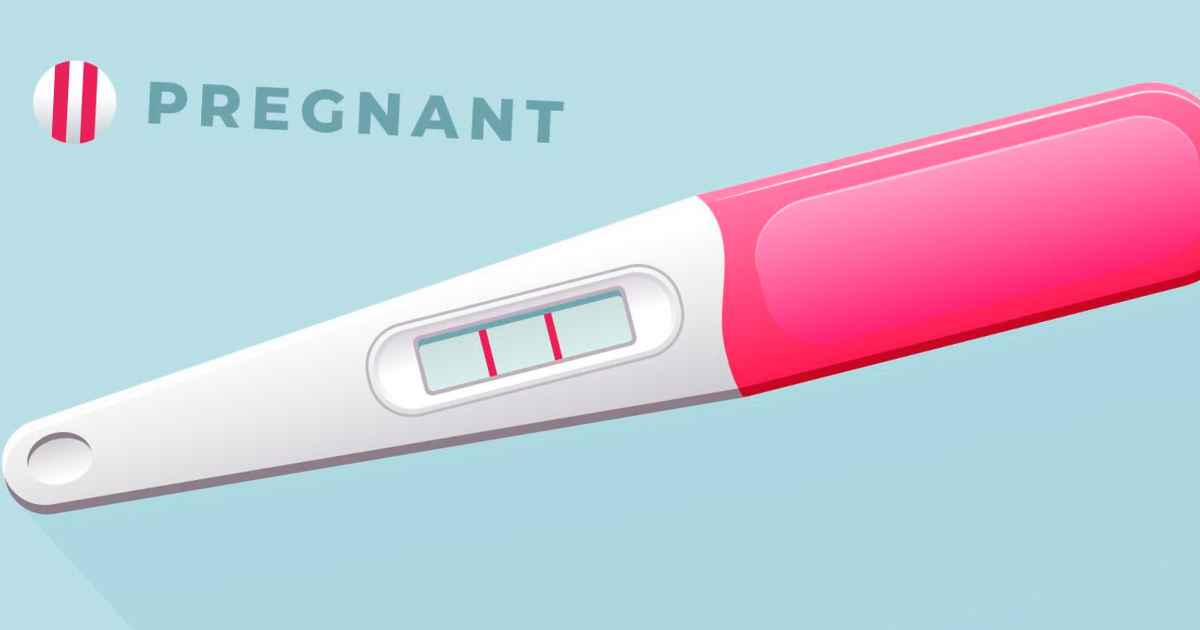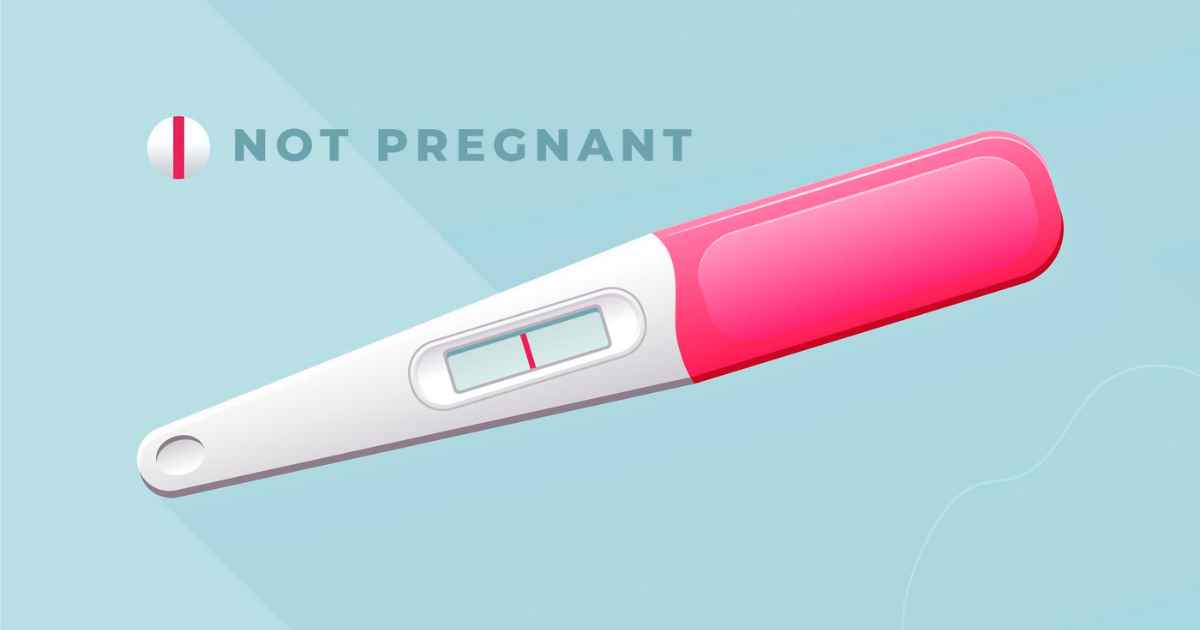What is a pregnancy test?
A pregnancy test is a diagnostic tool designed to determine whether an individual is pregnant by detecting the presence of human chorionic gonadotropin (hCG) in their body. hCG is a hormone produced by the placenta shortly after a fertilized egg attaches to the uterine lining, making it a reliable marker for pregnancy. The production of hCG begins very early in pregnancy, and its levels increase rapidly in the initial days and weeks, making it detectable through pregnancy tests.
There are two main types of pregnancy tests
- Home Pregnancy Tests (HPTs)- These are urine tests that can be performed in the privacy of one’s home. They are widely available, easy to use, and provide results within a few minutes. HPTs vary in sensitivity, but most are designed to detect hCG levels that would typically be present a few days to a week after a missed period.
- Clinical Tests- These include both urine and blood tests and are conducted in a healthcare setting. Blood tests can detect pregnancy earlier than urine tests, sometimes as soon as 6 to 8 days after ovulation, because they are more sensitive to lower levels of hCG. Clinical urine tests are similar to home tests but are performed under the supervision of healthcare professionals.

Pregnancy Test types
Pregnancy tests come in several types, each with its specific method of use and context in which it is most suitable. Here are the main types:
Home Pregnancy Tests (HPTs)
- Standard Home Urine Tests- These are the most common form of pregnancy tests available over the counter. They work by detecting the presence of hCG in urine. Users apply urine to a test stick or strip and wait for a few minutes for the results to appear, typically indicated by lines, symbols, or digital readouts.
- Digital Home Tests- Offering a more straightforward interpretation of results, digital tests display clear messages like “Pregnant” or “Not Pregnant.” They are based on the same hCG detection principle but use a digital interface for result presentation.
Clinical Urine Tests
Conducted in a doctor’s office or clinic, these tests also detect hCG in urine. They are similar to home tests in their basic functioning but are performed by healthcare professionals, which may reduce the chance of user error.
Blood Tests
- Qualitative hCG Blood Tests- These tests simply check for the presence of hCG in the blood and give a “yes” (pregnant) or “no” (not pregnant) answer. They can detect pregnancy earlier than urine tests, sometimes as early as 6-11 days after ovulation.
- Quantitative hCG Blood Tests- Also known as beta hCG tests, these measure the exact amount of hCG in the blood. They can detect even very low levels of hCG and are useful in monitoring the pregnancy during its early stages or diagnosing potential complications.

How Do Pregnancy Tests Work?
Pregnancy tests operate on a biological principle involving the detection of the hormone human chorionic gonadotropin (hCG). hCG is produced by the cells that will become the placenta shortly after a fertilized egg attaches to the uterine wall. This hormone is present only when an embryo begins to implant and pregnancy starts.
Biological Basis
- hCG Production- The production of hCG starts immediately after the implantation of the fertilized egg in the uterus, which is typically about 6-9 days after fertilization. The levels of hCG then double approximately every 48 to 72 hours, reaching their peak in the first 8-11 weeks of pregnancy, which makes this hormone an ideal marker for detecting pregnancy.
- hCG Detection- Pregnancy tests are designed to detect the presence and amount of hCG in urine or blood. The hormone’s presence is indicative of pregnancy because it is not produced under normal conditions except during pregnancy.
How Pregnancy Test Strips Work
Pregnancy test strips contain antibodies that specifically bind to hCG. Here’s a simplified explanation of the process
- Sample Application– When you apply urine to the test strip, the urine travels along the strip by capillary action, carrying any present hCG molecules with it.
- Antibody-HCG Binding- The test strip contains a region coated with antibodies against hCG, conjugated with a color-changing dye. If hCG is present in the urine, it binds to these antibodies.
- Chemical Reaction- The formation of the antibody-hCG complex triggers a chemical reaction with the dye, causing a visible change on the test strip. This change is typically seen as a colored line or symbol. In digital tests, this reaction affects a sensor that displays a digital readout.
- Control Indicator- Most test strips also include a control line or symbol that appears regardless of the pregnancy status to indicate that the test is working correctly. The control line results from a separate reaction that does not involve hCG, ensuring the urine sample has properly migrated through the test strip and that the reagents are working.
Interpretation of Results
- Positive Result- The appearance of two lines (one test line and one control line) or a specific symbol (plus sign, pregnant, etc.) indicates a positive result, meaning hCG has been detected, and the individual is likely pregnant.
- Negative Result- A single line (control line) or no change in a designated result area indicates a negative result, meaning no hCG was detected, and the individual is likely not pregnant.
- Invalid Result- If the control indicator does not appear, the test is considered invalid, possibly due to improper usage or a defect in the test. It suggests repeating the test with a new strip.

Home Pregnancy Tests
Home pregnancy tests, particularly pregnancy test strips, are a convenient and private way for individuals to determine if they are pregnant. These tests are designed for ease of use and can be performed in the comfort of one’s home. Understanding how to use them correctly can significantly impact the accuracy of the results.
Using Pregnancy Test Strips Correctly
Preparation
Start with reading the instructions carefully, as different brands may have slightly different procedures.
It’s generally best to test with the first urine of the day, as it typically contains the highest concentration of hCG.
Collection of Urine
Collect urine in a clean, dry container. Some tests allow you to directly urinate on the test strip, but using a container can help prevent any potential mess and ensure that the strip is adequately saturated.
Duration the Strip Should Stay in the Urine
Dip the test strip into the urine for the time specified in the instructions, usually between 5 to 10 seconds. Avoid dipping the test strip past the MAX line indicated on the strip to prevent the test from malfunctioning.
Waiting Period for Results
After dipping the strip, lay it flat on a clean surface and wait for the indicated time to view the results. This typically ranges from 1 to 5 minutes, depending on the brand.
Do not interpret the results after the recommended time frame (usually 10 minutes), as evaporation lines can appear and be misleading.
Interpreting Results
A positive result (indicating pregnancy) usually shows two lines, though one line may be fainter than the other.
A negative result will show only one line (the control line).
No lines or a single test line without a control line indicates an invalid test, and you should repeat the test with a new strip.